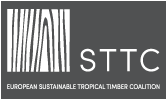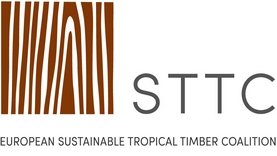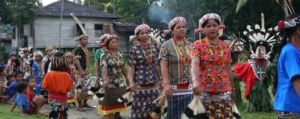Thémis continues to evolve

Photo: webpage timber market survey
Plans for phase II of the Thémis sustainable timber trade monitoring and benchmarking tool and portal have been revealed. They include increasing the number of European trade federations employing the tool and further improving the functionality of the system.
Thémis was developed by sustainable timber and forestry analyst and advisor Probos and IT specialist Graphius and launched in 2021. It was backed by the Programme for Promotion of Certified Sustainable Forest Management (PPECF) and IDH, the Sustainable Trade Initiative.
Users in its first phase were trade bodies Le Commerce du Bois of France (LCB), Fedustria of Belgium and the International Tropical Timber Technical Association (ATIBT). Their members use the tool to gather data on their sustainable timber procurement on an annual aggregated basis. It is then analysed and presented in various graphical formats, including dashboards, on the Thémis portal. The objective is to increase transparency on levels of sustainable procurement, and to enable trade bodies to monitor progress in this area among members, to set sustainable purchasing goals and target interventions to help companies and federations achieve them.
Individual companies themselves can in turn benchmark their progress relative to fellow trade body members and ideally against targets set by federations and use this to set their own targets.
Probos Director Mark van Benthem said the data collection and analysis can also have market benefits for Thémis users. The environmental commitment and support for sustainable forest management it demonstrates, he maintained, can differentiate trade body members from non-members, while the openness it shows further builds buyer trust.
One of the early adopters, LCB, is linking the Thémis tool to its new environmental charter and will make its use mandatory for members, with a ‘quantified objective’ in sustainable procurement collectively adopted.
Growing the Thémis user base in phase II, says Probos, will increase its impact.
‘The more countries and organizations commit to responsible sourcing and embrace reporting via Thémis, the larger the impact on forests,” it states. “Enlarging the number of users also increases timber market transparency, which enables further analyses.”
Early in 2022 the Royal Netherlands Timber Trade Association (NTTA) and Netherlands Woodworking Industries Association (NBvT) adopted Thémis, with tailoring of the system to their needs underway. Plans for phase II also include building in extra Thémis features. These would be intended to give companies and Timber Trade Federations more insight in procurement developments and ‘make it more appealing for companies to submit their data in Thémis’.
In addition to the online dashboard presentation of data in the Thémis portal, users will also have the option of downloading a PDF ‘statement’ or ‘testimony’ presenting the development of their sustainable procurement over the year. Companies could then post these documents on their websites.



 Photo: CIFOR
Photo: CIFOR







